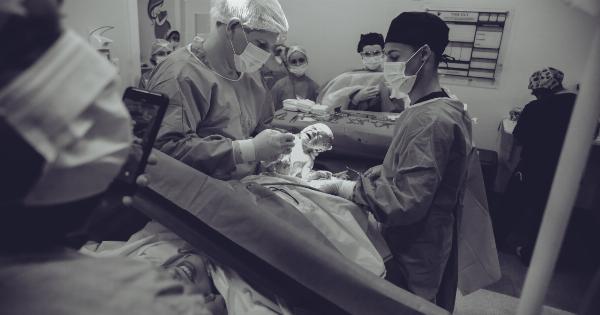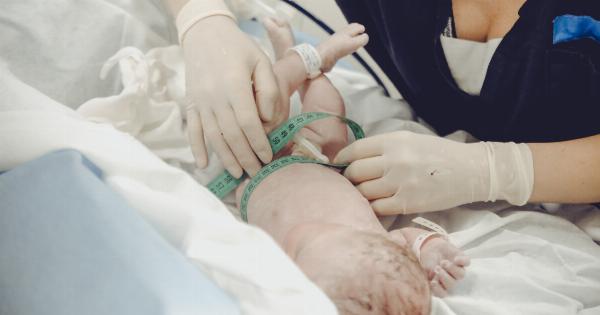A caesarean section, also known as a C-section, is a surgical procedure used to deliver a baby. It involves making an incision in the mother’s abdomen and uterus to remove the baby.
While C-sections are a common procedure, they present unique challenges for both the mother and the newborn.
Risks of C-section for newborns
C-sections are often necessary to ensure the health and safety of the mother and the baby. However, they also put newborns at risk for certain complications. Here are some common risks of C-sections for newborns:.
Respiratory distress syndrome
When a baby is born vaginally, it goes through a natural process of fluid being squeezed out of the lungs during the journey through the birth canal. This process helps prepare the baby for breathing air outside the uterus.
C-sections often skip this process, which can result in respiratory distress syndrome (RDS). RDS is a condition where a baby’s lungs have difficulty expanding and contracting, making it hard for the baby to breathe properly.
Lower APGAR scores
APGAR scores are a quick assessment performed on newborns immediately after birth to evaluate their physical health. A score of 7 or above is considered normal, while a score of less than 7 indicates that the baby may need medical attention.
Studies have shown that babies born via C-section tend to have lower APGAR scores than those born vaginally. This may be because C-section babies don’t experience the same physical stresses as vaginal births, which can help prepare them for the outside world.
Increased risk of asthma
Research has shown that babies born via C-section have a slightly higher risk of developing asthma than those born vaginally.
One theory is that the lack of good bacteria in the birth canal may affect the baby’s immune system and increase the risk of allergies and asthma.
Delayed bonding and breastfeeding
C-sections can sometimes result in delayed bonding and breastfeeding between the mother and the baby.
This is because the mother may be under anesthesia or recovering from the surgery, which can make it difficult to initiate breastfeeding or hold the baby. Delayed bonding and breastfeeding can also have emotional effects on both the mother and the baby.
Risks of C-section for mothers
While C-sections are generally safe for both the mother and the baby, they do come with certain risks and complications. Here are some common risks of C-sections for mothers:.
Infection
Since C-sections are a surgical procedure, there is a risk of infection at the incision site or in the uterus. Infections can be treated with antibiotics, but they can lead to more serious complications if left untreated.
Blood loss
C-sections generally result in more blood loss than vaginal births. While some blood loss is normal, excessive blood loss can lead to anemia and other complications.
Longer recovery time
Recovering from a C-section generally takes longer than recovering from a vaginal birth. This is because it is a surgical procedure that can be more physically demanding on the mother’s body.
It can take several weeks for the incision to fully heal, and mothers may experience pain and discomfort during this time.
Conclusion
C-sections are a common and necessary procedure in many cases, but they do come with certain risks and complications for both the mother and the baby.
Understanding these risks can help parents make informed decisions about their birth plans and ensure that both the mother and the baby receive the best possible care.





























